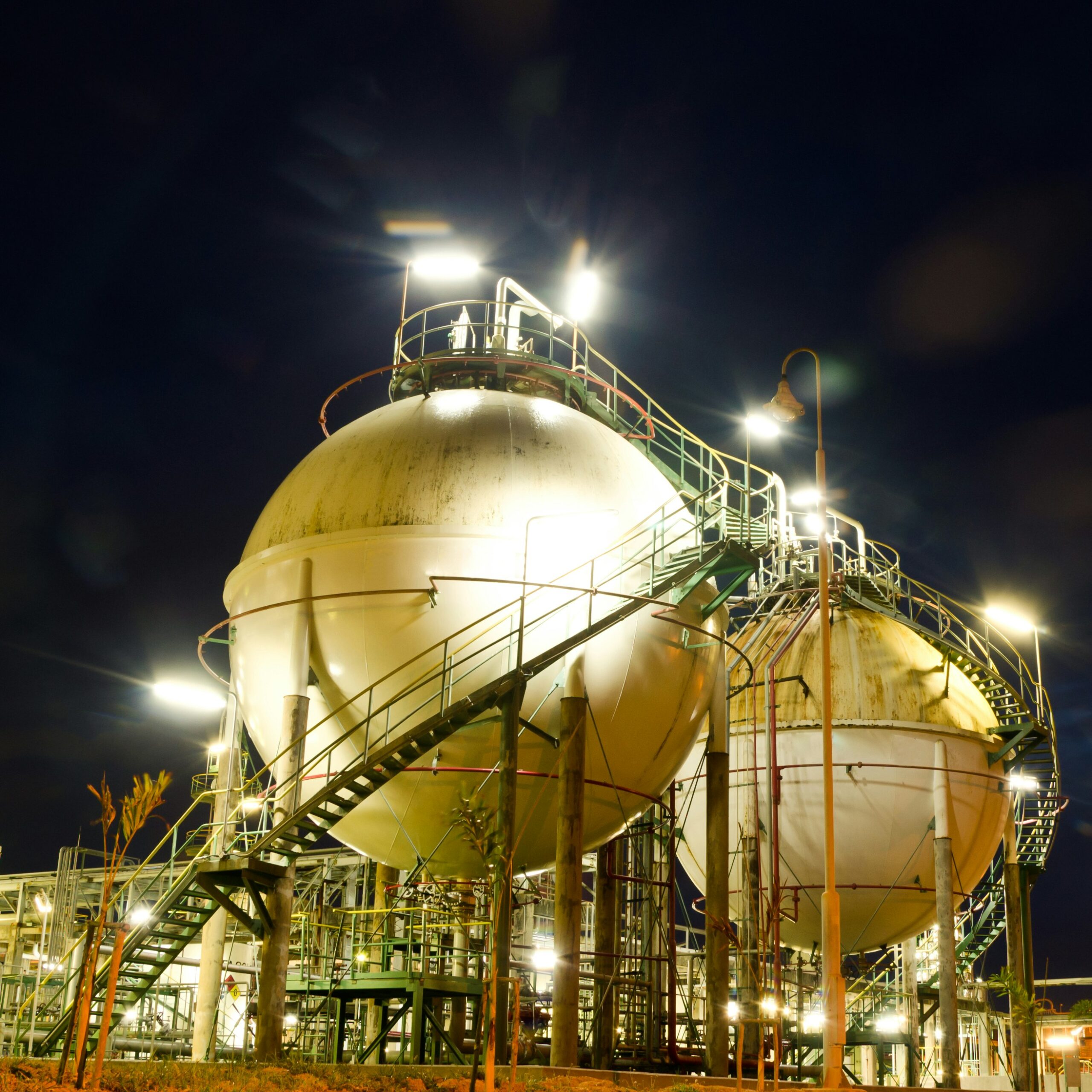Oil markets are comfortably supplied until 2030, according to the IEA’s new medium-term outlook, although a relentless focus on energy security will remain crucial as powerful forces transform the sector
Global oil demand growth is expected to slow in the coming years as energy transitions progress. At the same time, global oil production is expected to increase, easing market tensions and boosting spare capacity to levels unseen outside the Covid crisis, according to the IEA’s new oil market outlook.
Oil 2024, the latest edition of the IEA’s annual medium-term market report, examines the far-reaching implications of these dynamics for oil supply security, refining, trade and investment. Based on current policy and market trends, strong demand from Asia’s fast-growing economies, as well as from the aviation and petrochemical sectors, will drive oil consumption higher in the coming years, the report shows. But those gains will increasingly be offset by factors such as rising sales of electric cars, improvements in the fuel efficiency of conventional vehicles, the declining use of oil to generate electricity in the Middle East and structural economic shifts. As a result, the report predicts that global oil demand, which including biofuels averaged just over 102 million barrels per day in 2023, will stabilize at almost 106 million barrels per day by the end of this decade.
At the same time, an increase in global oil production capacity, led by the United States and other producers in the Americas, is expected to exceed demand growth between now and 2030. Total supply capacity is expected to rise to nearly 114 million barrels per day by 2030 – as much as 8 million barrels per day above expected global demand, the report finds. This would result in levels of spare capacity never seen before, except at the height of the Covid-19 lockdowns in 2020. Spare capacity at such a level could have significant implications for oil markets – including for producer economies in OPEC and beyond , but also for the oil markets. for the US shale industry.
“As the recovery from the pandemic loses momentum, the clean energy transition progresses and the structure of China’s economy shifts, global oil demand growth is slowing and is expected to peak in 2030. This year we expect demand to increase by approximately 1 million. barrels per day,” said IEA Executive Director Fatih Birol. “This report’s projections, based on the latest data, show a large supply glut emerging this decade, suggesting that oil companies may want to ensure their business strategies and plans are prepared for the changes taking place. ”
Despite the slowdown in growth, global oil demand is still expected to be 3.2 million barrels per day higher in 2030 than in 2023 unless stronger policy measures or behavioral changes occur. The increase is likely to be driven by emerging economies in Asia – especially higher oil use for transport in India – and by greater use of jet fuel and raw materials from the booming petrochemical industry, particularly in China. In contrast, oil demand in advanced economies is expected to continue its decades-long decline, from nearly 46 million barrels per day in 2023 to less than 43 million barrels per day in 2030. Aside from the pandemic, the last time oil demand from advanced economies was as low as in 1991.
Non-OPEC+ producers are leading the expansion of global production capacity to meet this projected demand, accounting for three-quarters of the projected increase through 2030. The United States alone is poised to supply 2.1 million barrels per day of non-OPEC+ -OPEC+ to account for profits. while Argentina, Brazil, Canada and Guyana contribute another 2.7 million barrels per day.
The report’s forecast shows that as the flow of approved projects declines by the end of this decade, capacity growth among leading non-OPEC+ producers will slow and then come to a standstill. However, if companies continue to approve additional projects already on the drawing board, an additional 1.3 million barrels per day of non-OPEC+ capacity could become operational by 2030.
According to the report, global refining capacity is on track to grow by 3.3 million barrels per day between 2023 and 2030, well below historical trends. However, this should be sufficient to meet the demand for refined oil products during this period, given the simultaneous increase in the supply of non-refined fuels such as biofuels and natural gas liquids (NGLs). This raises the prospect of refinery closures towards the end of the outlook period, as well as a slowdown in capacity growth in Asia beyond 2027.
